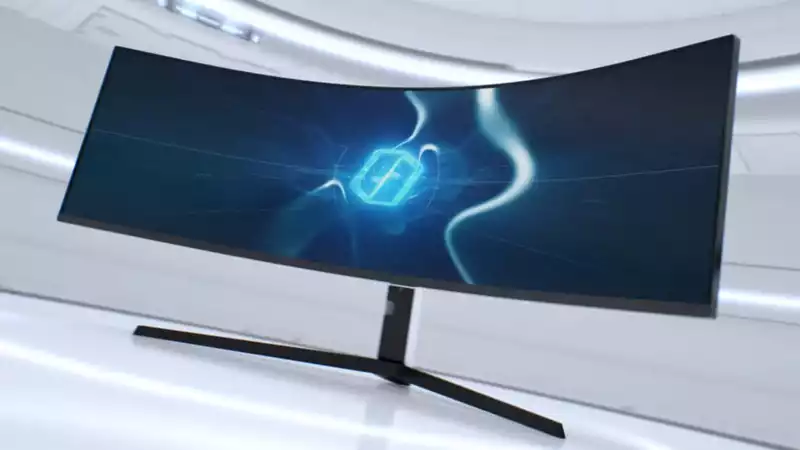AMD yesterday announced two rather tasty-looking graphics cards, the Radeon RX 7900 XTX (opens in new tab) and 7900 XT ($999 and $899, respectively). These cards have a number of new features, including DisplayPort 2.1, a new connectivity standard that supports higher resolutions and higher refresh rates. Samsung's first 8K ultrawide monitor, the Odyssey Neo G9, was also sneak peeked.
The only problem with this particular screen is that it is not actually an 8K panel, as it is an ultrawide configuration. For reference, 8K is officially 7680x4320, which equates to 33.2M pixels. Incidentally, 4K is 3840x2160, which totals 8.3M pixels. However, a footnote in the presentation points out that Samsung's screen is only 8K horizontal.
Given that the aspect ratio of the existing Odyssey Neo G9 is 32:9, the native resolution is 7680x2160, for a total of 16.6M pixels, about half the full resolution of a true 8K display.
Sitting in front of this display, it is probably still an impressive display and will be tough enough for most graphics cards; Acer, Asus, Dell, and LG are expected to show off 8K screens at CES in 2023. These screens will also support the new DisplayPort 2.1 standard and have all the high refresh goodness that comes with it.
Up to 900 Hz at 1440p, 480 Hz at 4K, and 165 Hz at 8K. Fantastic. Especially since Nvidia is sticking with DisplayPort 1.4 for the Ada Lovelace GPU.
Yes, somewhat surprisingly given the raw power on offer, Nvidia's new GeForce RTX 4090 (open in new tab) graphics card is limited to half these refresh rates to stick to the previous standard.
AMD's Radeon RX 7900 XTX and 7900 XT graphics cards will be available on December 13; expect more 8K monitors to be announced at CES 2023 in early January.


Comments